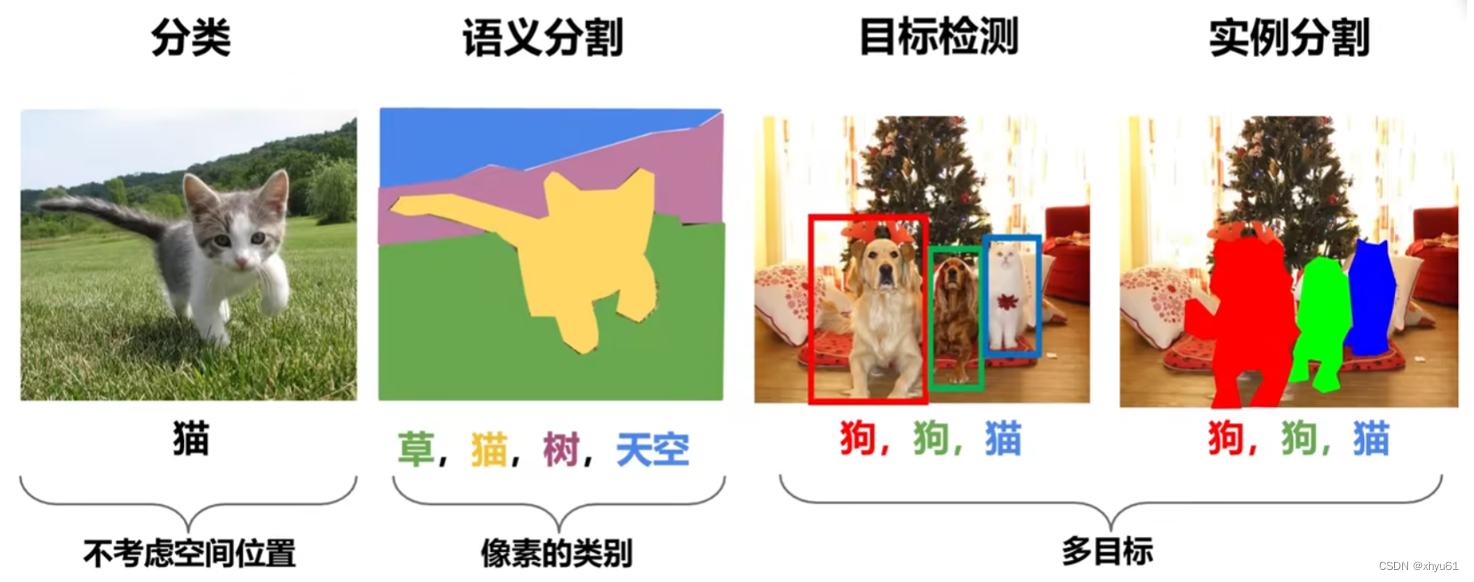ROS与OpenCV的图像处理技术:机器人视觉的基石
发布时间: 2024-08-14 04:36:32 阅读量: 50 订阅数: 43 


ROS运动学与动力学:机器人控制的双翼

# 1. 图像处理基础
图像处理是计算机视觉和机器人视觉的基础,它涉及对图像数据的操作和分析。图像处理技术可以用于增强图像、提取特征、分割图像,从而为后续的分析和理解提供基础。
### 1.1 图像表示
图像本质上是一个二维数组,其中每个元素代表图像中一个像素的颜色值。像素值通常用 8 位或 16 位整数表示,代表像素的亮度或颜色。图像的尺寸由其宽度和高度决定,以像素为单位。
### 1.2 图像处理操作
图像处理操作可以分为以下几类:
- **图像预处理:**包括图像裁剪、缩放和增强,以改善图像质量并使其适合后续处理。
- **特征提取:**从图像中提取有意义的特征,如边缘、特征点和纹理,以用于识别和分类。
- **图像分割:**将图像分割成不同的区域或对象,以识别和跟踪图像中的对象。
# 2. ROS与OpenCV集成
### 2.1 ROS概述
ROS(机器人操作系统)是一个用于机器人软件开发的开源框架。它提供了一组工具和库,用于创建分布式机器人系统。ROS使用一种名为“话题”的消息传递系统,允许不同节点(即进程)在网络上交换数据。
### 2.2 OpenCV概述
OpenCV(开放计算机视觉库)是一个用于计算机视觉和机器学习的开源库。它提供了一系列用于图像处理、特征提取和机器学习的算法和函数。OpenCV广泛用于机器人视觉、图像分析和计算机图形学等领域。
### 2.3 ROS与OpenCV集成方法
将ROS与OpenCV集成有几种方法。一种常见的方法是使用ROS的cv_bridge包,该包提供了一个将ROS消息转换为OpenCV图像格式的桥梁。以下代码示例演示了如何使用cv_bridge将ROS图像消息转换为OpenCV图像:
```python
import cv2
import rospy
from sensor_msgs.msg import Image
from cv_bridge import CvBridge
def image_callback(data):
# 将ROS图像消息转换为OpenCV图像
bridge = CvBridge()
cv_image = bridge.imgmsg_to_cv2(data, "bgr8")
# 处理OpenCV图像
# 将处理后的OpenCV图像转换为ROS图像消息
output_msg = bridge.cv2_to_imgmsg(cv_image, "bgr8")
# 发布处理后的图像
pub.publish(output_msg)
# 订阅ROS图像话题
rospy.init_node('image_processing', anonymous=True)
sub = rospy.Subscriber("/camera/image_raw", Image, image_callback)
pub = rospy.Publisher("/processed_image", Image, queue_size=10)
# 运行ROS节点
rospy.spin()
```
代码逻辑:
1. `image_callback`函数接收ROS图像消息,并使用cv_bridge将其转换为OpenCV图像。
2. 对OpenCV图像进行所需的处理。
3. 将处理后的OpenCV图像转换为ROS图像消息。
4. 发布处理后的图像到ROS话题。
5. 在主函数中,初始化ROS节点,订阅ROS图像话题并发布处理后的图像。
另一种集成ROS和OpenCV的方法是使用ROS的image_transport包,该包提供了一个更高级别的API,用于处理图像数据。image_transport包提供了用于压缩、解压缩和传输图像数据的服务和消息类型。
### 2.4 ROS与OpenCV集成优势
将ROS与OpenCV集成具有以下优势:
* **代码重用:**ROS和OpenCV都是开源项目,提供了一系列现成的算法和工具,可以节省开发时间。
* **分布式处理:**ROS允许在网络上的多个节点之间分布处理任务,从而提高效率和可扩展性。
* **实时处理:**ROS提供了一个实时消息传递系统,允许在机器人系统中进行实时图像处理。
* **跨平台支持:**ROS和OpenCV都支持多种操作系统和硬件平台,提供了跨平台的兼容性。
# 3. 图像处理算法
### 3.1 图像预处理
#### 3.1.1 图像裁剪和缩放
图像裁剪和缩放是图像预处理中常见的操作,用于调整图像的大小和范围。
**图像裁剪**
```python
import cv2
# 加载图像
image = cv2.imread('image.jpg')
# 裁剪图像
cropped_image = image[y1:y2, x1:x2]
# 保存裁剪后的图像
cv2.imwrite('cropped_image.jpg', cropped_image)
```
**参数说明:**
* `y1`、`y2`:裁剪区域的起始和结束行坐标
* `x1`、`x2`:裁剪区域的起始和结束列坐标
**图像缩放**
```python
import cv2
# 加载图像
image = cv2.imread('image.jpg')
# 缩放图像
scaled_image = cv2.resize(image, (width, height))
# 保存缩放后的图像
cv2.imwrite('scaled_image.jpg', scaled_image)
```
**参数说明:**
* `width`、`height`:缩放后的图像宽度和高度
#### 3.1.2 图像增强
图像增强技术用于改善图像的质量和可视性。
**直方图均衡化**
```python
import cv2
# 加载图像
image = cv2.imread('image.jpg')
# 直方图均衡化
equ_image = cv2.equalizeHist(image)
# 保存均衡化后的图像
cv2.imwrite('equ_image.jpg', equ_image)
```
**逻辑分析:**
直方图均衡化通过调整图像的像素值分布,使图像的对比度和亮度得到改善。
**对比度增强**
```python
import cv2
# 加载图像
image = cv2.imread('image.jpg')
# 对比度增强
contrast_image = cv2.addWeighted(image, 1.5, np.zeros(image.shape, image.dtype), 0, 0)
# 保存增强后的图像
cv2.imwrite('contrast_image.jpg', contrast_image)
```
**参数说明:**
* `1.5`:对比度增强因子
### 3.2 特征提取
#### 3.2.1 边缘检测
边缘检测是图像处理中提取图像边缘和轮廓的重要技术。
**Sobel算子**
```python
import cv2
# 加载图像
image = cv2.imread('image.jpg')
# Sobel算子边缘检
```
0
0





